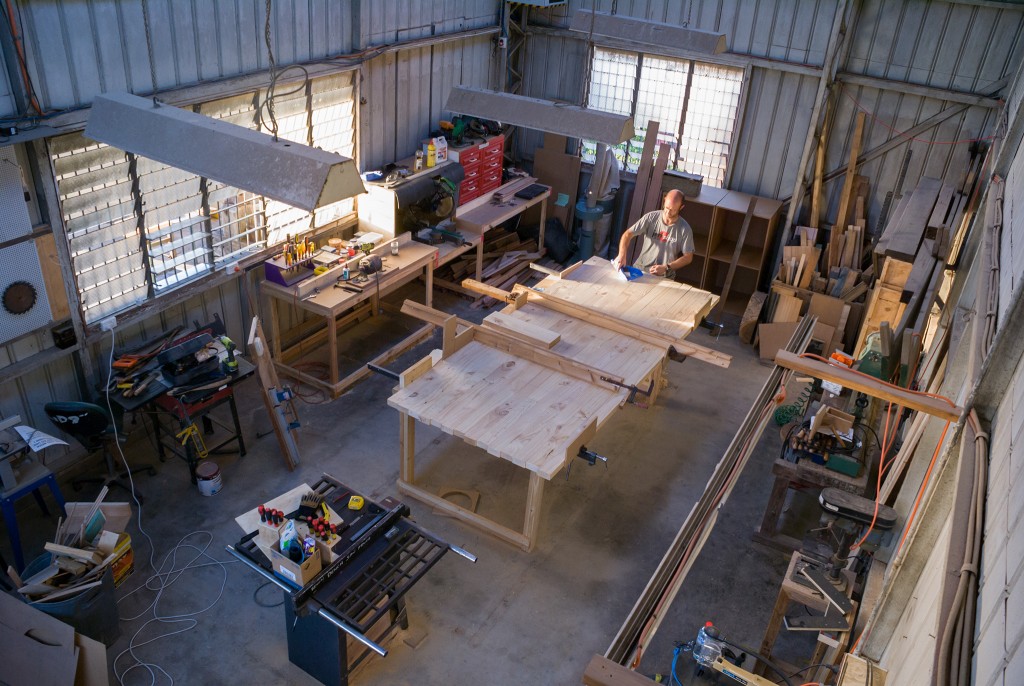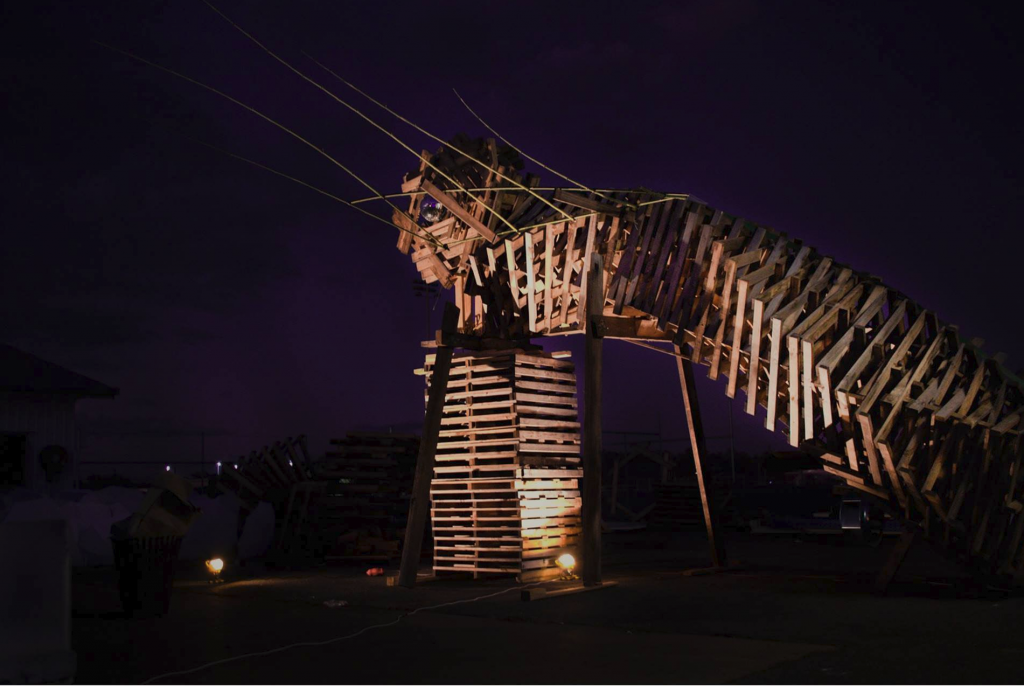The process of innovation is currently being re-defined by the grassroots maker movement. Many community groups termed ‘Hackerspaces’, ‘Makerspaces’ or ‘Fab labs’ are taking it upon themselves to provide tools, space and classes to the general public for innovators, artists and the DIY community. This volunteer run network needs a helping hand to help it reach it’s full potential.
Recently the Australian Federal Government released the National Innovation and Science Agenda, which will total $1.1 billion in funding over four years.
Among other things, this report aims to:
- Deliver the entrepreneurs’ Programme to help our entrepreneurs get off the ground, and
- Support incubators which play a crucial role in the innovation ecosystem to ensure startups have access to resources, knowledge and networks necessary to transform their ideas into globally scalable new businesses.
Read the full breakdown of fund distribution here.
Locally, these aims have translated into the Brisbane City Council’s 2022 New World City Action Plan and the ‘Brisbane Capital’ – a recently announced CBD based hub for start-up organisations fish burners and Little Tokyo 2 spin off, ‘Happy Panda’. This new co-working space is to open in mid-2016 with $5 million in funding.
Deloitte’s report on ‘Product Innovation in a Hyper Connected World‘ takes a different stance on the encouragement of innovation to the current direction of this funding. As well as focussing on start-up incubators, the importance of supporting the Maker Movement is recommended, especially hackerspaces/makerspaces/fab labs and maker faires. This idea is not new: The State Library has invested in a public Fabrication Lab in their Library of the Future model, ‘The Edge‘. Many more are springing up around the country in universities. The Dream Factory team will also be bringing and linking schools to makerspaces, trialling 7 across the state this year.
The recent Melbourne based tv show ‘Bespoke‘ also supports this idea through the exploration of the emerging markets for handmade, personalised objects. The fast-growing trend for such objects is a welcome addition in light of Australia’s dwindling industrial manufacturing industry, especially in car manufacture and mining.
For those that aren’t aware, hackerspaces/makerspaces/fab labs are community spaces that enable the public to learn and build through providing access to equipment and a community of like-minded individuals. Hackerspaces are also explained and supported by Forbes and Intel, respectively stating:
“If you need a place, a space to work on your invention, and you want to be around like-minds, then you have to find yourself a hackerspace.”
“All cities need a Hacker Lab,” Lujan said. “There’s been no better time. Product development is so obtainable right now. Having a space with the tools and collaboration to build products and software is vital to a city. It gives the region a school, an innovation campus with R&D and connections under one roof. It’s a new type of institution, a new paradigm to our society.”
Recently Hackerspace Brisbane (HSBNE) was interviewed by pwc Digital Chair for their podcast, stating:
“If innovation is the key to Australia’s economic future, maker spaces are one of the grassroots movements critical to the culture change that will foster such innovation together with co-working spaces and startup incubators.”
Last year I joined Hackerspace Brisbane and fell in love with the possibilities. Not only did HSBNE cater for my interests in 3D printing, but also woodworking, metalworking, blacksmithing, machining, laser cutting, UAVs, and much more. I have been able to learn new things, make connections with others, collaborate, and find people to work with in research. For example, I have been taking part in #sheskills workshops which are woodworking classes for women. HSBNE is one of the few spaces that is well set up with adequate space, desirable location and sustainable growth. It has also been the birthplace of businesses such as FOVE, the world’s first eye tracking virtual reality headset and Apocalypse Chow, powdered food meal replacement providers.
Photo credit to Mike Ando, featuring Colin.
In the U.S., there are over 200 hackerspaces which can receive support from DARPA, the U.S. defence research program. SpaceGambit, a consortium of hackerspaces which focus on space exploration-related projects has also received over $500,000 in funding from DARPA. Similarly, the Chinese government financially supported the development of a few dozen hackerspaces across the country, aiming to build 100 in total.
I believe the Australian Government should strongly consider the benefits of making funding available to not-for-profit community hackerspaces and makerspaces in the release of federal innovation funding. Many local governments have given support to hackerspaces in the form of peppercorn rent, which is a fantastic because hackerspaces are difficult to start. They require a body of interested individuals who are initially willing to be out of pocket substantially to allow the community group to grow, even with the benefit of peppercorn rent. The hackerspaces wiki page is littered with examples of planned spaces which are at this stage. Australia is one of the remaining first world countries lagging behind in funding opportunities for this grassroots movement. Furthermore, creating annual rounds of funding to kickstart community-based makerspaces is the first step towards building collaboration and prototyping environments for innovators and entrepreneurs. This means a larger pool of individuals joining in the business start-up journey.
That’s not all. As a case study, HSBNE fosters up-cycling through communal sharing of donated parts and machinery. There is a room called the ‘boneyard’ specifically for this purpose – to find that obscure part you need and re-purpose. HSBNE also fosters partnerships with the arts community, and allows artist residencies for festivals such as ‘Modifyre‘. This is Australia’s equivalent of burning man, and features many burnable effigys built at HSBNE.
As well as needing more funding, budding hackerspaces also need more documentation for the Australian landscape. This blog series is intended to document the progress and challenges of Hackerspace Brisbane (HSBNE) through my work on the executive.
If you’d like to know more about HSBNE, you can visit the website here: www.hsbne.org or drop in on a Tuesday open night.
As we figure out things along the way, I’ll continue to update with the following series in future:
CHAPTER 1: HACKERSPACE CHALLENGES
CHAPTER 2: MAKING CONNECTIONS (coming soon)
CHAPTER 3: GRANTS AND CROWDFUNDING (coming soon)
CHAPTER 4: QUORUM ISSUES AND GROUP MEMBERSHIPS (coming soon)
CHAPTER 5: INVOLVEMENT IN THE ARTS (coming soon)
CHAPTER 6: USAGE MANAGEMENT (coming soon).




